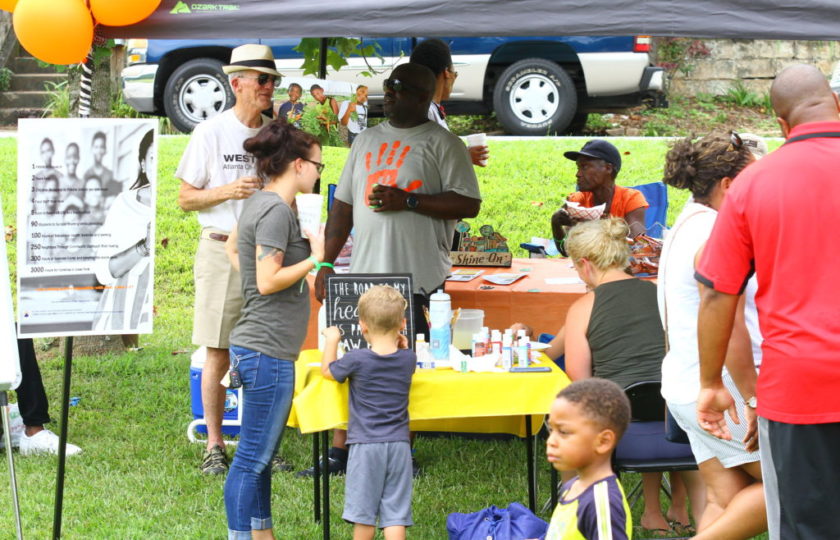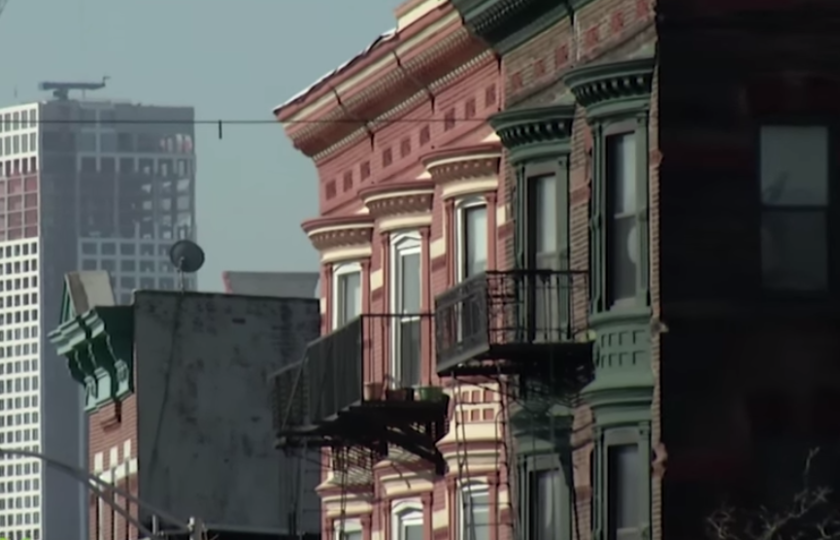There's an opportunity cost to separating and segregating people: we're not getting the best ideas, the creativity, the innovation out of discriminated communities that can lift up those neighborhoods and our country. Diversity brings out the best in people.
Dr. Katherine Phillips, professor of organizational behavior at Columbia Business School, told Purpose Built Communities' annual conference in Omaha in 2017 that, to understand the value of diversity and use it to learn and innovate more effectively, we need to start by making small changes in ourselves. Listen










